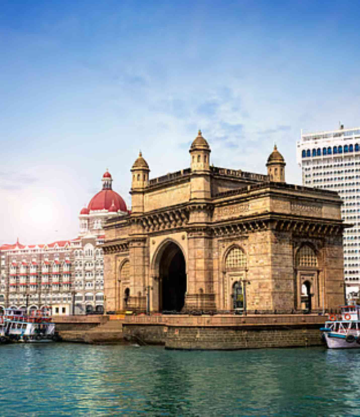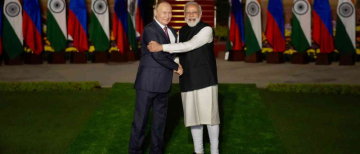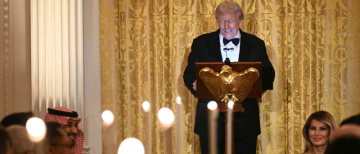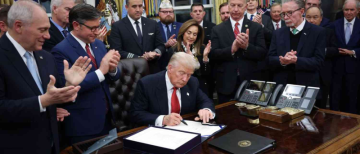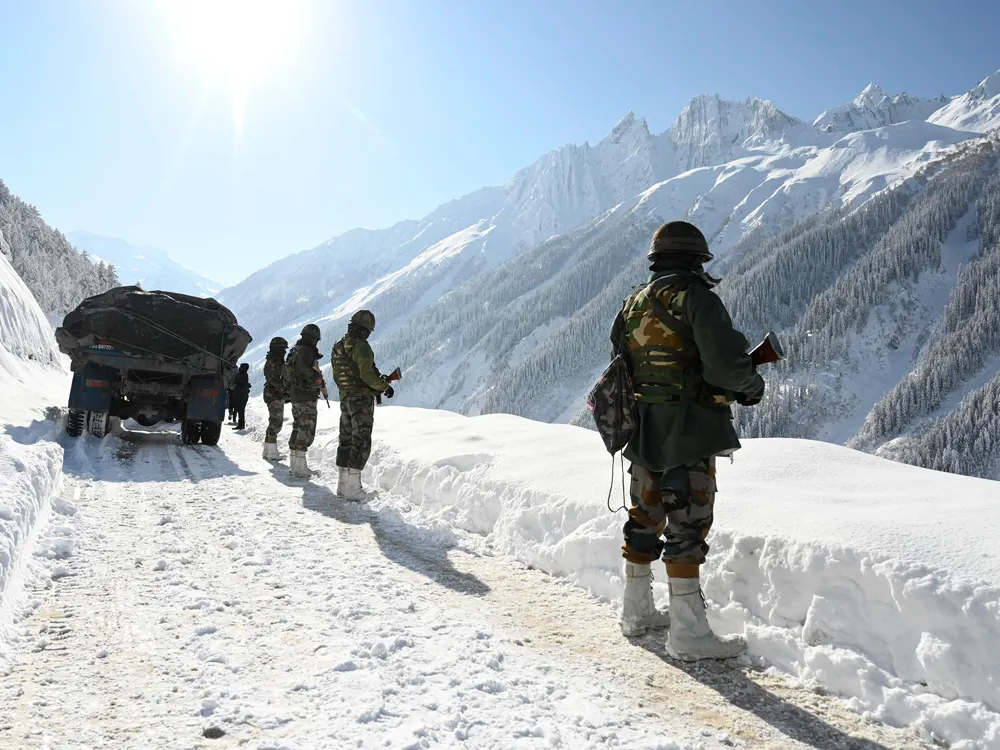
Image Source - Getty Images
India, China to Complete Military Disengagement by October 29
India and China are likely to complete the military disengagement process along the Line of Actual Control by October 28-29, reports say. This is part of the diplomatic efforts as they will complete disengagement at two crucial friction points in eastern Ladakh: Demchok and the Depsang Plains.
This follows a fresh agreement between the two nations to end the long-existing border dispute. The resolution comes after a long time since a deadly clash in the 2020 Galwan Valley, which resulted in both sides losing several lives.
Details of Disengagement
Indian and Chinese forces will go back to the position where they were before April 2020. The ad hoc structures built during the face-off will be demolished, and patrolling there will resume after disengagement. However, an Indian Army source clarified that it only pertains to Demchok and the Depsang Plains and excludes all other areas of face-offs along the LAC.
Troops will withdraw to their positions as existed before April 2020, and they will patrol areas that existed prior to the standoff
," the source said.
Indian forces have already started shifting the equipment from these places to the rear positions in consonance with the agreement, though it is not clear whether there would be a symbolic act to seal the end of the disengagement process, since issues have not been resolved fully at these places.
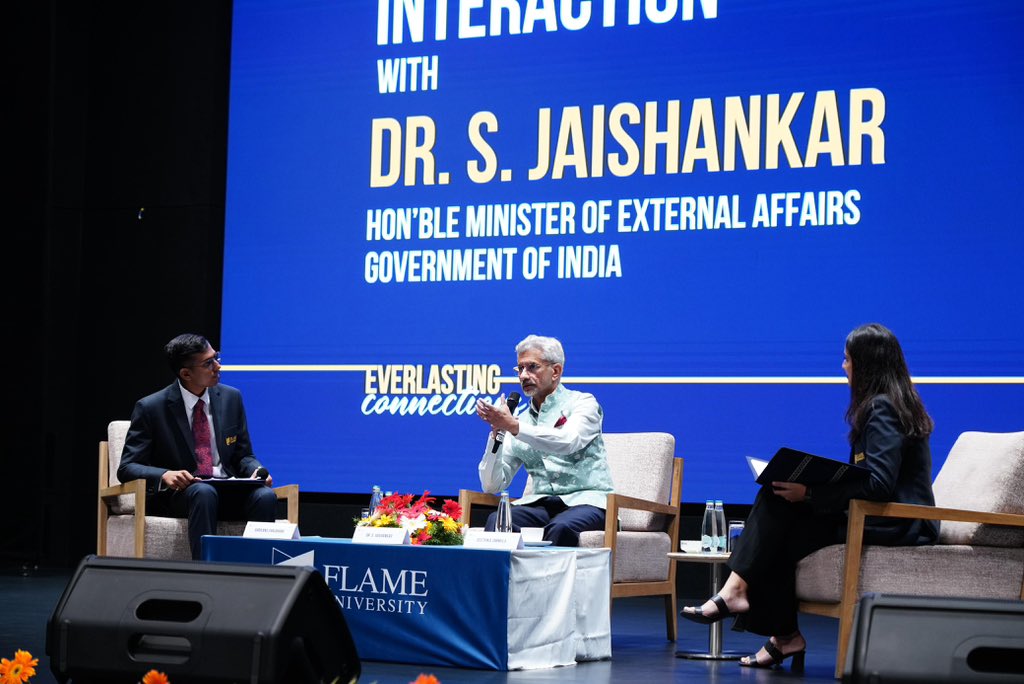
Statement of External Affairs Minister
On disengagement, External Affairs Minister S Jaishankar termed it a "first step" toward de-escalating tensions on the border. Speaking at an event, he stated that though the situation was still sensitive, this agreement represents progress toward restoring peace in the region.
Jaishankar said that the main steps include disengagement, de-escalation, and then border management as a whole. He underlined the necessity to push armies further away from each other than they are today to avoid what might happen in close proximities.
The potential for something to go awry is always there when two armies are stationed too near each other,
he noted.
What's Next?
The disengagement will probably ease tensions in the short term, but the de-escalation process will take time. Both parties need to engage in trust-building measures to resolve broader boundary disputes and avoid further standoffs.
With inputs from agencies
Image Source: Multiple agencies
© Copyright 2024. All Rights Reserved Powered by Vygr Media.








